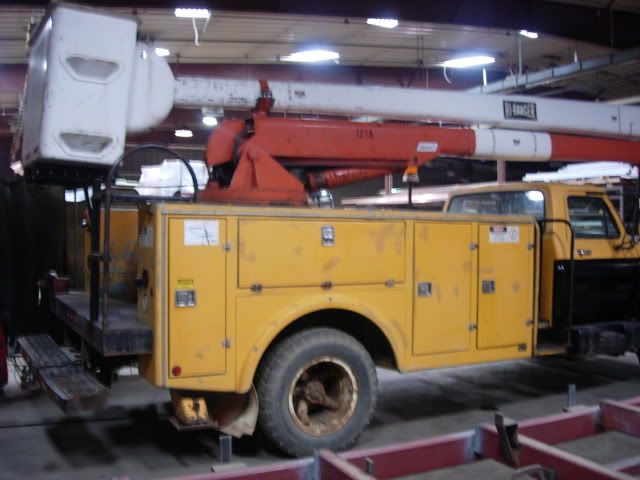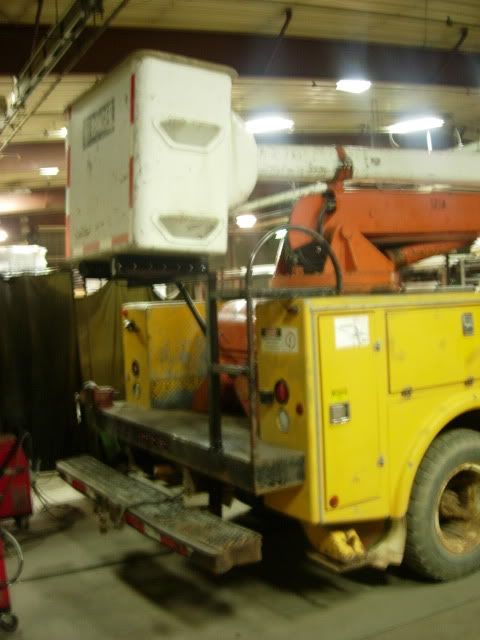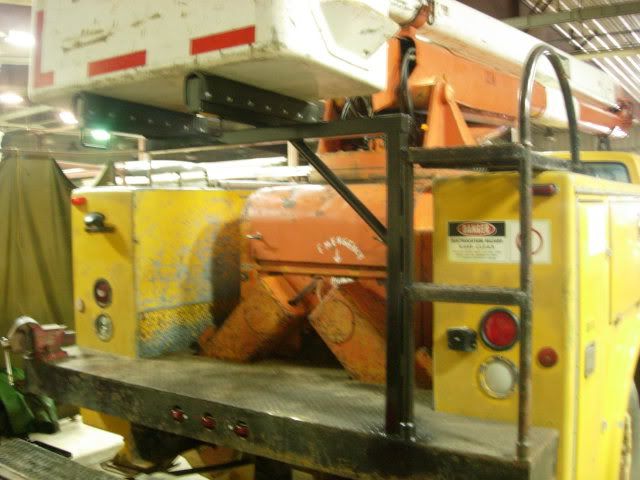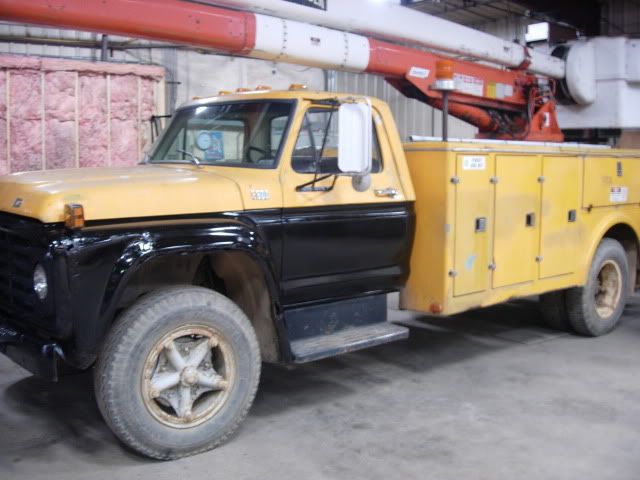Am I doing something wrong here, or does it take longer than this when the lines start out empty of fluid?
Hopefully you’ve sorted it by now, for your benefit or anyone else’s in future if you haven’t;
Starting with dry lines try to ‘bench blead’ Them as much as possible. Ie. with the low end of the line connected, try to fill the line from the high point as much as possible. Use of a measuring syringe with a suitable diameter tip or even better a mighty vac pump makes this easier and less messy. Watch your step, that fluid is slippery stuff and times 100 when wet.
A pump type filling system is how techs/factory generally do stuff like this and hydraulic brake lines also. If you haven’t got a mighty vac but do a lot of your own work it may be worth getting one. Be sure to get the one that can switch from vac to pump and has all the adaptors/fittings. They come in handy for all kinds of things.
If you’ve already energised the system with it only partially filled then you’ll have aerated all the fluid. This is a pita and you won’t get it properly bled in one sitting. Tiny micro bubbles fill the entire line and no amount of bleeding is going to dislodge them. If you’re in this situation then you’ll need to probably drove the truck around, let it settle, bleed again, drive around, let it settle etc, sometimes as long as overnight, especially in cooler weather.
Once you get most of the air out, cycling the controls and then letting it settle again will let you bleed the last little bit. Depending on your machine and the specifics of the lines, parking it on a hill, or parking it up with the bucket raised slightly can help. You want the bleed point st the highest point in the system, and as close as possible to a straight up and down line to get to it. Use your head, have a look, and you’ll figure it out. Think twice about safety, then sit down and think about it again before getting in that bucket. Ask for advice and don’t be reckless with your life.








